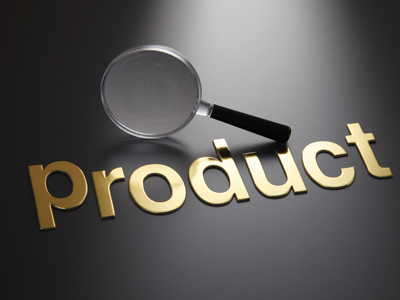
Ask the AI Tutor
Need help with Following Instructions 2? Ask our AI Tutor!
AI Tutor - Lucy
Connecting with Tutor...
Please wait while we establish connection

In maths, a product is what you get after you multiply two or more numbers.
Following Instructions 2
In 11 Plus tests, following instructions carefully is a key skill. Pupils need to read every step, focus on detail, and carry out tasks in the right order.
Example:
Multiply the first figure by the sum of the last two:
8, 5, 4
Answer:
The sum of the last two digits is 9 (5 + 4 = 9). The answer is 9 x 8 = 72
Multiply the first figure by the sum of the last two:
8, 5, 4
Answer:
The sum of the last two digits is 9 (5 + 4 = 9). The answer is 9 x 8 = 72
1 .
Add the first figure to the quotient of the last two (the middle figure is the dividend and the last is the divisor):
23, 49, 7
23, 49, 7
65
79
30
20
The quotient of the last two figures is 7, if 49 is the dividend and 7 the divisor (49 ÷ 7 = 7). The answer is 7 + 23 = 30
2 .
Subtract the first figure from the product of the last two:
32, 10, 5
32, 10, 5
-17
17
18
28
The product of the last two figures is 50 (10 x 5 = 50). The answer is 50 - 32 = 18
3 .
Subtract the first figure from the quotient of the last two (the last figure is the dividend and the middle one is the divisor):
7, 4, 64
7, 4, 64
1
-3
3
9
The quotient of the last two figures is 16, if 64 is the dividend and 4 the divisor (64 ÷ 4 = 16). The answer is 16 - 7 = 9
4 .
Multiply the first figure by the sum of the last two:
9, 13, 2
9, 13, 2
234
34
135
35
The sum of the last two digits is 15 (13 + 2 = 15). The answer is 9 x 15 = 135
5 .
Multiply the second figure by the sum of the first and last:
22, 4, 3
22, 4, 3
100
154
75
125
The sum of the first and last figures is 25 (22 + 3 = 25). The answer is 4 x 25 = 100
6 .
Add the last figure to the product of the first two:
4, 5, 17
4, 5, 17
37
26
45
19
The product of the first two figures is 20 (4 x 5 = 20). The answer is 17 + 20 = 37
7 .
Subtract the first figure from the second, then multiply your answer by the third:
6, 4, 8
6, 4, 8
10
16
12
-16
The second figure minus the first is -2 (4 - 6 = -2). The answer is -2 x 8 = -16
8 .
Subtract the third figure from the quotient of the first two (the first figure is the dividend and the second is the divisor):
39, 3, 4
39, 3, 4
8
10
7
9
The quotient of the first two figures is 13, if 39 is the dividend and 3 the divisor (39 ÷ 3 = 13). The answer is 13 - 4 = 9
9 .
Multiply the last figure by the sum of the first two:
7, 5, 8
7, 5, 8
43
96
280
88
The sum of the first two figures is 12 (7 + 5 = 12). The answer is 8 x 12 = 96
10 .
Add the first figure to the product of the last two:
16, 7, 4
16, 7, 4
27
44
37
54
The product of the last two digits is 28 (7 x 4 = 28). The answer is 16 + 28 = 44
**Unlimited Quizzes Await You! 🚀**
Hey there, quiz champ! 🌟 You've already tackled today's free questions.
Ready for more?
Ready for more?
🔓 Unlock UNLIMITED Quizzes and challenge yourself every day. But that's
not all...
not all...
🔥 As a Subscriber you can join our thrilling "Daily Streak" against other
quizzers. Try to win a coveted spot on our Hall of Fame Page.
quizzers. Try to win a coveted spot on our Hall of Fame Page.
Don't miss out! Join us now and keep the fun rolling. 🎉
**Unlimited Quizzes Await You! 🚀**
Hey there, quiz champ! 🌟 You've already tackled today's free questions. Ready for more?
🔓 Unlock UNLIMITED Quizzes and challenge yourself every day. But that's not all...
🔥 As a Subscriber you can join our thrilling "Daily Streak" against other quizzers. Try to win a coveted spot on our Hall of Fame Page.
Don't miss out! Join us now and keep the fun rolling. 🎉






